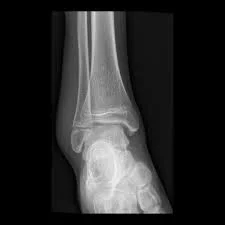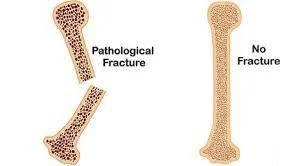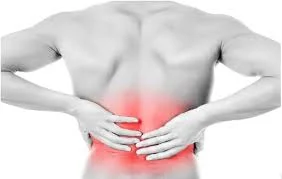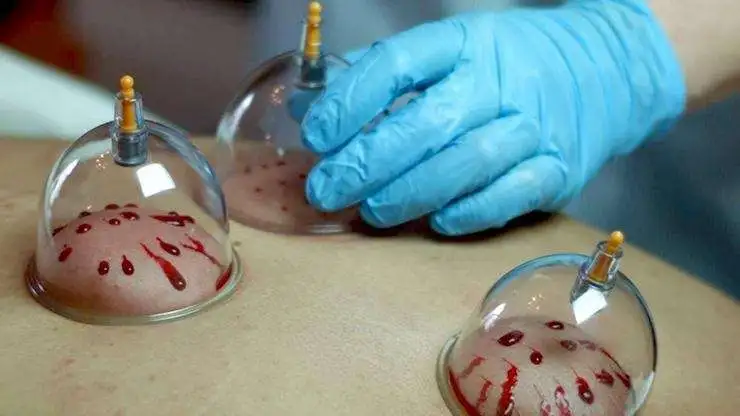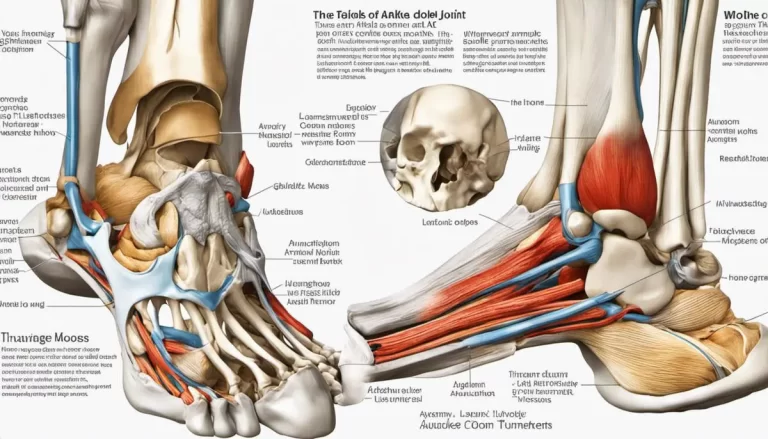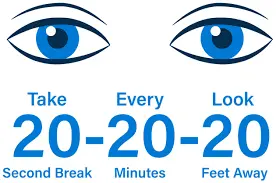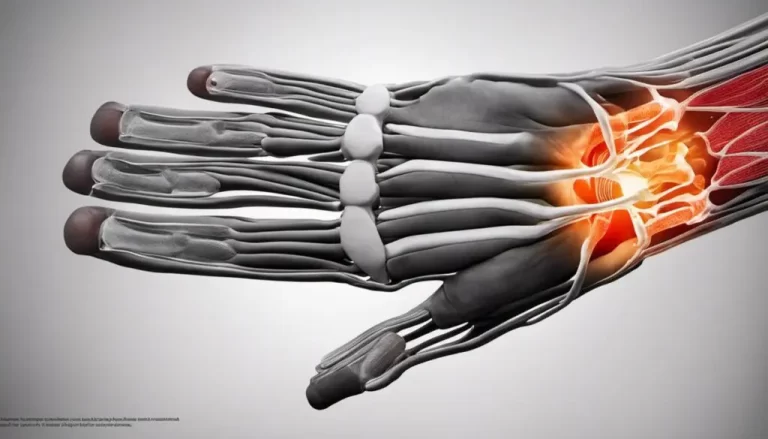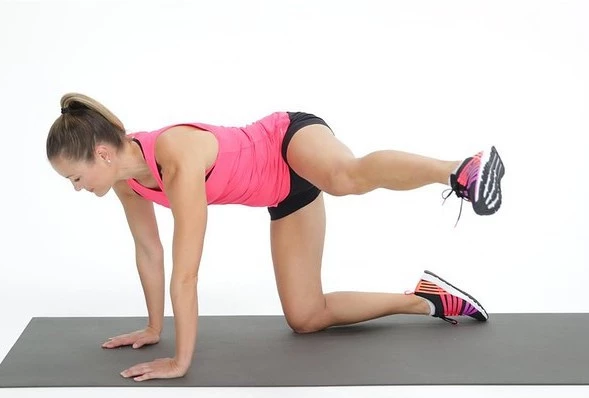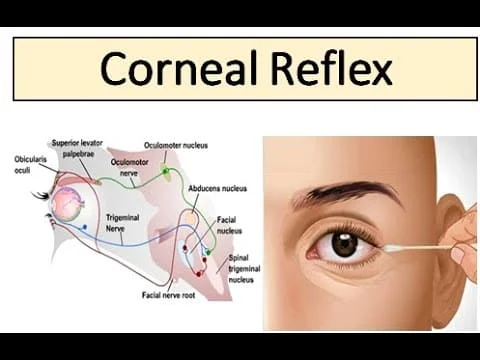Salter-Harris Fracture
What is a Salter-Harris Fracture? A Salter-Harris fracture is a fracture in a child’s bone’s growth plate. A growth plate is a layer of developing tissue near the ends of a child’s bones. It’s critical to get this condition diagnosed because it can stunt a child’s growth. Salter-Harris fractures can occur in any long bone,…

